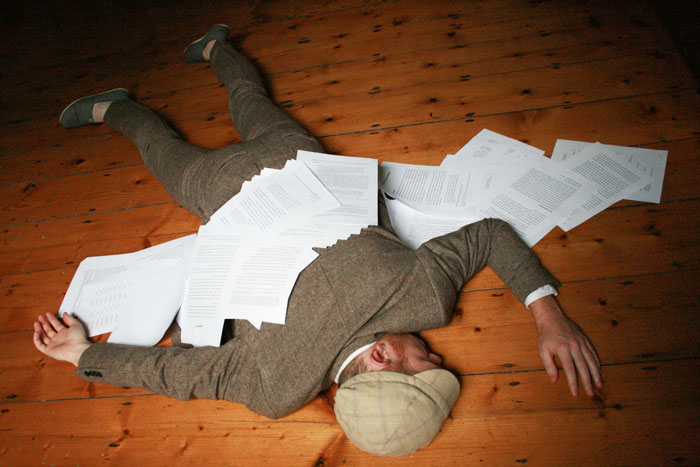Writings

In 2009 Seán completed a Masters Degree in Music from Dublin Institute of Technology. His thesis is titled "Microtonality as an expressive device: An approach for the contemporary saxophonist."
Abstract
This dissertation provides a critical examination of the use of microtonality as an expressive tool for the improvising saxophonist and offers a new method for quarter-tone production drawing on cultural references from European art music, Arabic Maqam and Contemporary Jazz. The thesis is underpinned by an historical, musicological analysis of tuning systems and theory necessary for the performer of microtonal music. The dissertation is presented in three chapters. In Chapter One, a discussion of tuning theory and a history of temperament systems contextualises the current uses of equal temperament and extensions of it including the quarter-tone tempered system. Chapter Two introduces the breadth and influence of microtonal music from European art music, regional folk music and contemporary jazz while specifically analysing two exemplary case studies – the Arabic Maqam system and the music of the contemporary jazz saxophonist, Hayden Chisholm. Chapter Three presents the development of a new method, discussing microtonality as an expressive device for the contemporary saxophonist. This method demonstrates the use of the saxophone in microtonal music, looking at quarter-tone technical issues and the use of quarter tones in improvisation and composition within a jazz context. First, this research proves and demonstrates how the saxophone as an instrument of non-fixed intonation and therefore not confined to a fixed or single temperament system may, through a systemised method to mastering production of microtonal notes, be vastly increased in its expressive and melodic potential. Second, it demonstrates how an understanding of the history and nuance of tuning systems and alternative temperaments provides the required knowledge for effective communication and notation of the duality of contemporary intuitive, improvising performance / composition. Third, it establishes that cross-cultural studies most effectively provide the systematic, underpinning knowledge required to support the contemporary performer, drawing on ancient traditions of microtonality alongside recent innovations in contemporary music. Finally, the dissertation demonstrates that quarter-tone production is a proven viable addition to the contemporary saxophonist’s toolkit, and that it has far reaching implications for the saxophonist leading him/her to a position of greater expressive potential.
Download a PDF version
In 2013 Seán completed a PhD from Dublin Institute of Technology. His dissertation is titled "Redesigning a Performance Practice: Synergising Woodwind Improvisation with Bespoke Software Technology."
Abstract
This research examines how the designing of a new performance practice based on the incorporation of custom digital signal processing software impacts on solo improvised woodwind performance. Through the development of bespoke software, I investigate how these new technologies can be integrated into solo woodwind performance practice. This research presents a new improvised music practice as well as a suite of new software tools and performance techniques.
Through a workshop and performance-based research process, a suite of software processors are developed which respond, and are complementary, to a personalised style of improvised performance. This electronic augmentation of the woodwind instrument (clarinet, bass clarinet, alto saxophone and xaphoon) is tested over the course of thirty solo improvised performances. These performances are documented as audio files and analysed using methods derived from electroacoustic music practice.
This research represents an important development in the emerging field of improvised music performance engaging with new digital technologies. The research is practice-led from the viewpoint of an experienced performer and tested in real-world situations, resulting in a useful research outputs embedded in the peer community.
Examining the history of live electronic performance practice, this research situates itself within the field of expert performers who use digital processing in free improvisation contexts. A critical understanding of the processes involved allows this researcher to design a new performance practice more effectively. While research necessarily draws on my own performance practice, the knowledge generated will have broad relevance in the field and much of this work is applicable to non-woodwind instrumentalists and singers. The research outputs include freely distributable software created during this project.
Download a PDF version